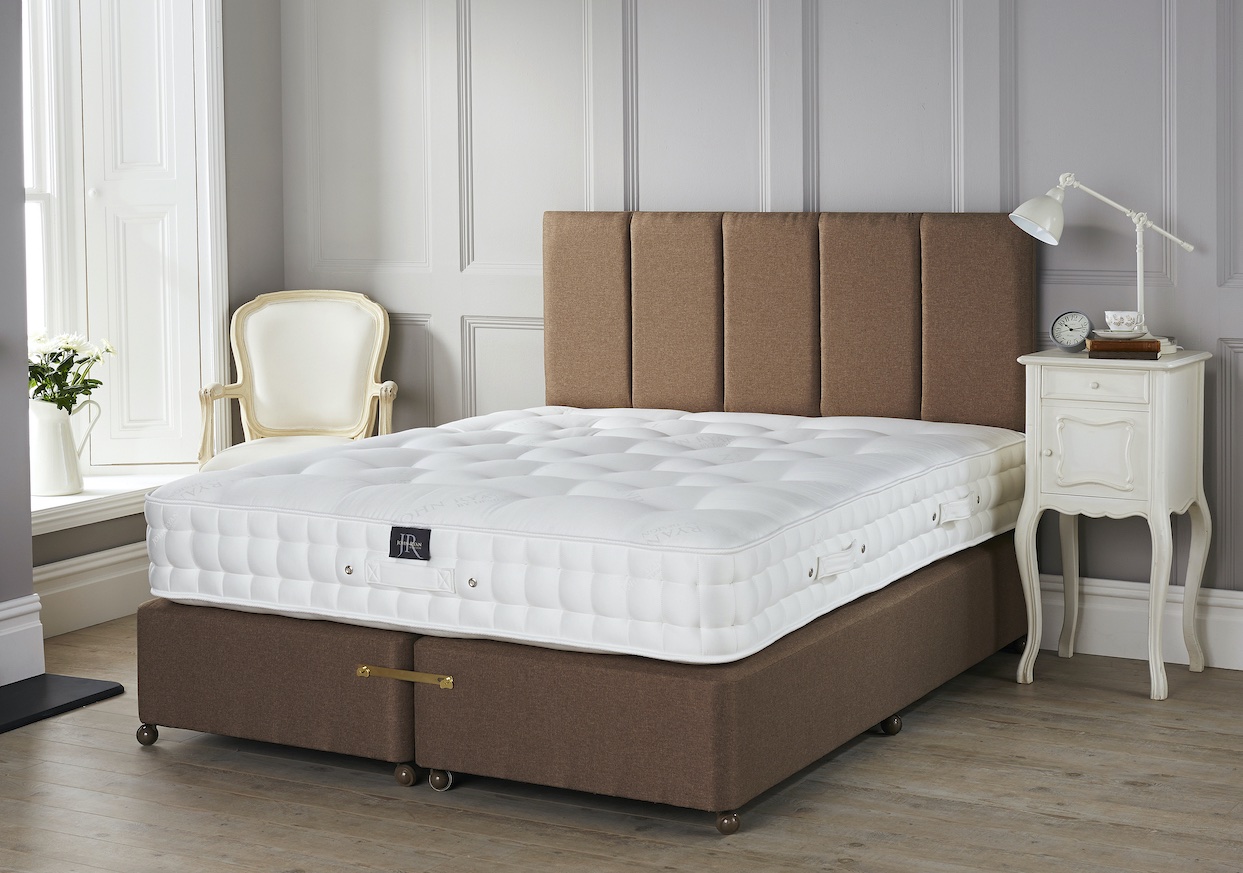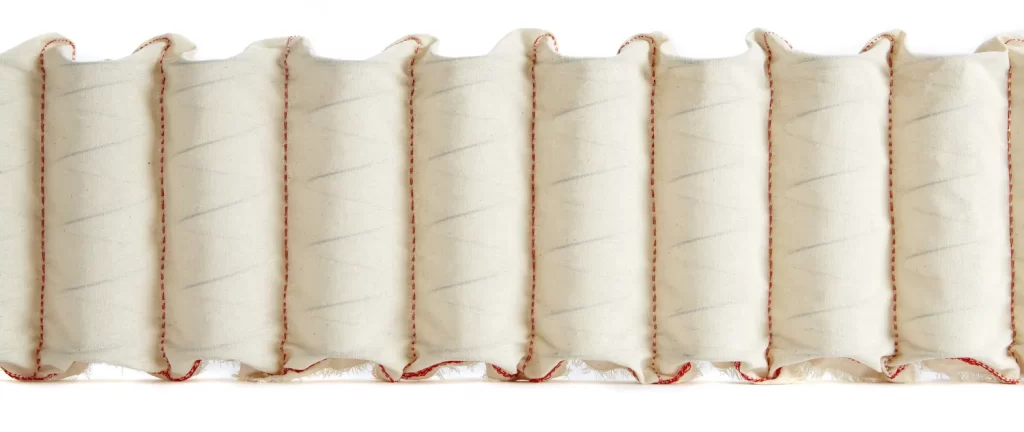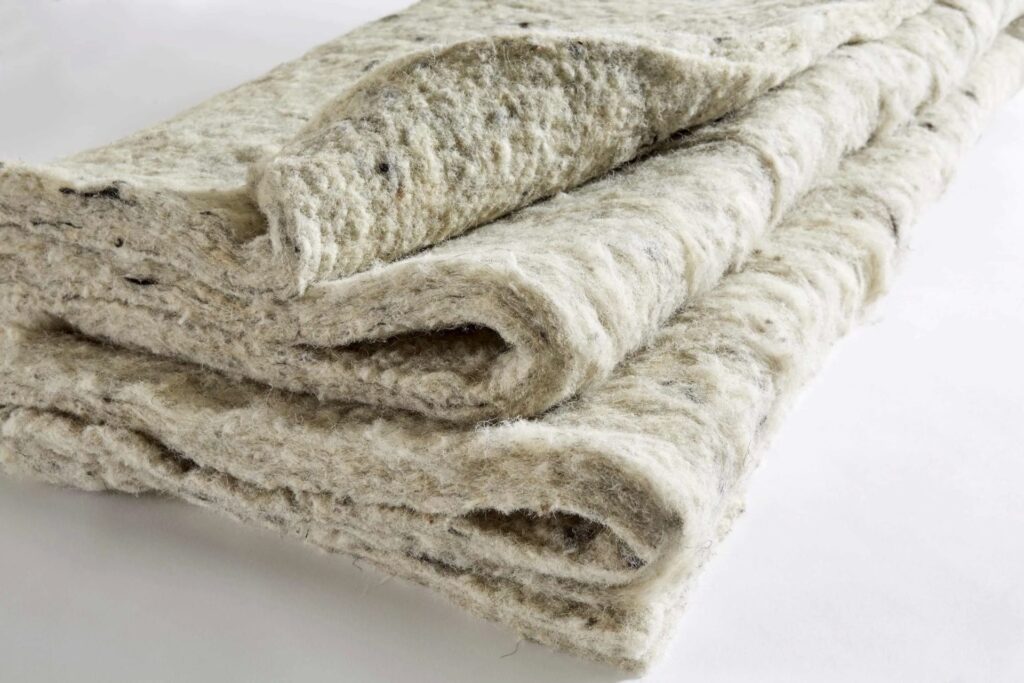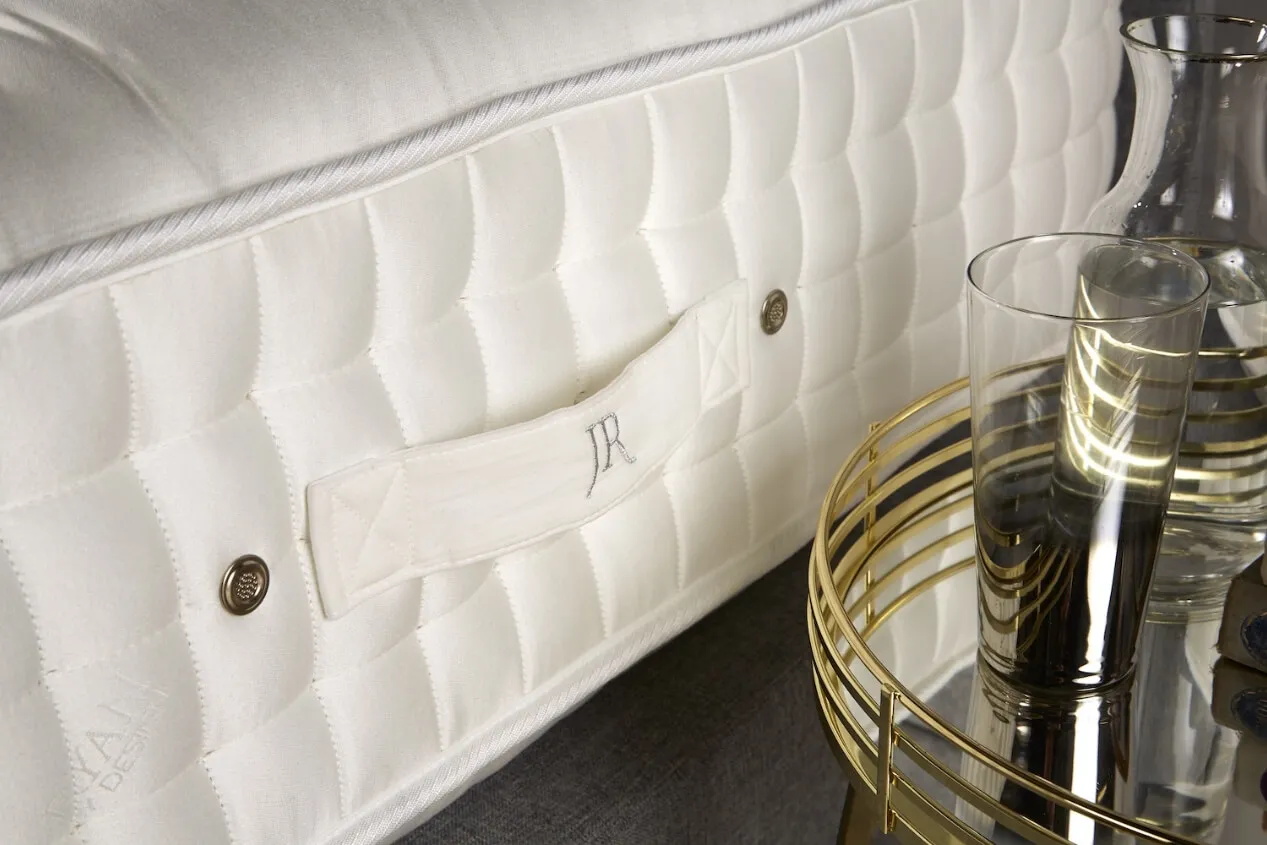Tricks Of The Trade
June 20203 things you need to find the right mattress
Updated 2020: The world of retail mattresses is pretty cutthroat. With salesmen and women being targetted to sell the most mattresses, sometimes regardless of their suitability to the buyer. You’ve also got all the ads now online and paid for clicks out there trying to grab your attention. More often than not you’re buying a mattress purely based on price rather than actually knowing what’s inside it or whether or not it’s suitable for you! We think there’s a far fairer way to sell mattresses, which is why we’re listed as the most trusted bed retailer in helping you find the most suitable mattress at the right price.

By listening to your requirements and taking our time in providing tailored advice we’ve managed to buck the trend that retailers follow of selling at all costs. This guide is meant for anyone who just about to start looking for a new mattress. It will give you a whistlestop tour of the top tips you simply can’t ignore when buying a new bed then this article is for you. We have over 20 years experience in hand making mattresses and are going to share our insider tips with you.
3 Tips when buying a new bed
We strongly argue that if you go in with a set budget as your only consideration, the likely-hood is the mattress won’t be suitable for you. You need to take your requirements first and then increase/reduce them if necessary to meet your budget. So let’s have a deeper look at these 3 top areas when it comes to choosing the perfect mattress.
Do you know your pocket spring from memory foam?
Can you tell a cheap Polyester fibre mattress from a Natural Wool one?


What are my mattress requirements?
This the part that most people totally miss. Questions such as what type of bed best suits my needs and potentially my partners? What support do I need? What material, foam or filling is best for me? All of these areas should be thought about before jumping into bed with any one mattress.
Before you go out mattress shopping make a list of the following requirements (Click them to read more detail):
- What mattress support/spring tension do I need?
- Am I looking for a soft, medium or firmer feel mattress in the upholstery layer?
- Am I a hot sleeper? Do I need more natural fibres?
- Am I a side, back or front sleeper?
- What ‘Type’ of mattress am I looking for?
- Am I a restless sleeper or get woken up by a partner a lot?

These questions are in order of importance with the mattress spring tension being the single most important requirement you simply must get right when buying a new mattress. If you pick the wrong mattress tension for your bodyweight then no matter what fillings or foams you put on top it will simply never be comfortable.
| Spring Tension | Wire diameter (Gauge) | Weight Range |
|---|---|---|
| Soft | 1.2mm | Bespoke Tension (Please Call) |
| Medium | 1.4mm | Upto 16 stone |
| Firm | 1.6mm | 16 stone plus |
| Extra Firm / Orthopaedic | 1.9mm | 20 stone plus |
Did you know that most mattress retailers mistake the spring tension for the ‘comfort feel’ of the mattress? Which means that when you’re looking for a medium feel mattress you’re often shown ‘medium’ gauge springs which are not the same thing. Spring tensions are dictated by your bodyweight whereas the ‘comfort feel’ of the mattress is provided by the upholstery or comfort layers on top of the spring system.
Once you’ve made a list of the above requirements its now time to see how much you have to spend and then reasonably what you can expect.
How much should I spend on a mattress?
Before you leave to hit the shops its essential to understand what you can expect for your money. By knowing the fundamentals of support, upholstery and the different fillings you may encounter. This will allow you to know how close can you get to your requirements given your budget. The handy table below shows you what to expect with whatever mattress budget you have.
| How much to spend on a double mattress? | What can I expect for my money? |
|---|---|
| Under £500 | Will not get you much at best a 13.5 gauge open coil/cage sprung with a thin polyester layer or a solid foam mattress. |
| £500 | Entry level spunbond springs with some form of synthetic upholstery. Usually one sided mattresses. |
| £750 | The beginnings of a basic pocket springs unit with 800 – 1000 count. No substantial amount of filling other than foams and synthetic materials. Two sided models. |
| £1000 | Should get you away from most low ranges and into the mid-range pocket spring models. |
| £1250 | Should get you a decent pocket sprung mattress with some Natural Fibre content. |
| £1500 | Should get you many manufacturers mid-range models with Natural Fibres |
| £1500-£2000 | Should get you a Hand Made primarily Natural Fibre Quality Mattress |
| £2000+ | You should expect 100% Natural Fibres and Traditional Hand Made Construction Method. |
| £5000+ | A Bespoke Hand Made Sleep System, High-end Spring Units & Featuring the Worlds Most Luxurious Natural Fibres. |
It’s important at this stage that you’re not tricked by mattress descriptions that ‘contain’ luxury fillings. By looking above you’ll be able to see whether or not that mattress you’ve been researching can actually contain those ‘fillings’ the manufacture describes. With all mattress fillings, you need to know the exact GSM of them to fully compare mattresses.

How can I compare mattresses from different brands?
Now that you have worked out your mattress requirements and also what your budget can get you its time to compare. This allows you to see side by side whats inside each of your shortlisted mattresses and then see which one offers the best quality and value. This is why it is so important to find out as much detail about what’s inside each mattress.
There are a few questions you need to consider once in a bed shop or on-line to be able to compare pocket sprung, synthetic or natural fibre, memory, hybrid and latex foam mattresses. Make a list of the below details of any new mattress you are considering buying.
- What is the mattress spring count, gauge and spring type?
- What does the mattress contain? What’s the GSM of each layer?
- Is this a two-sided mattress? (If not do you really want to pay full price for half the bed?)

Without these, it is almost impossible to accurately compare mattresses. Our recommendation is that if you’re struggling to find the details above then maybe the retailer or shop don’t actually know!
Now ask yourself would you really want to make such a considered purchase from somewhere that doesn’t know its products? If they don’t know we would always ask them to find out before going any further!
Summary
Buying a mattress can be made much easier if you spend a small amount of time fully understanding what you need from your new bed and then assess whether the mattresses you’re looking at are suitable. By digging deeper under the covers you can save time, money and sleep issues.
All of our mattresses contain the information, even down to the data sheet level, for you to be able to understand what they are made of. This allows you then to compare to other mattress manufacturers, providing they disclose the same amount of information that is. Why not get in touch for more tailored mattress recommendations from our small expert team? You can drop us a message below and we provide free mattress advice based on your requirements!

Dreaming of the perfect nights sleep?

Ask us a question
There are over 6000 questions and answers submitted by you on all questions about mattresses and bed problems. Enter a keyword such as Vi Spring, John Lewis beds, bad back or Memory Foam and see if your question has already been answered.
If you can’t find an answer in knowledge hub, ask a new question. We aim to respond to all questions within one working day.
Newsletter
Enter your email to join our newsletter. We’ll send you occasional news and mattress expertise.
